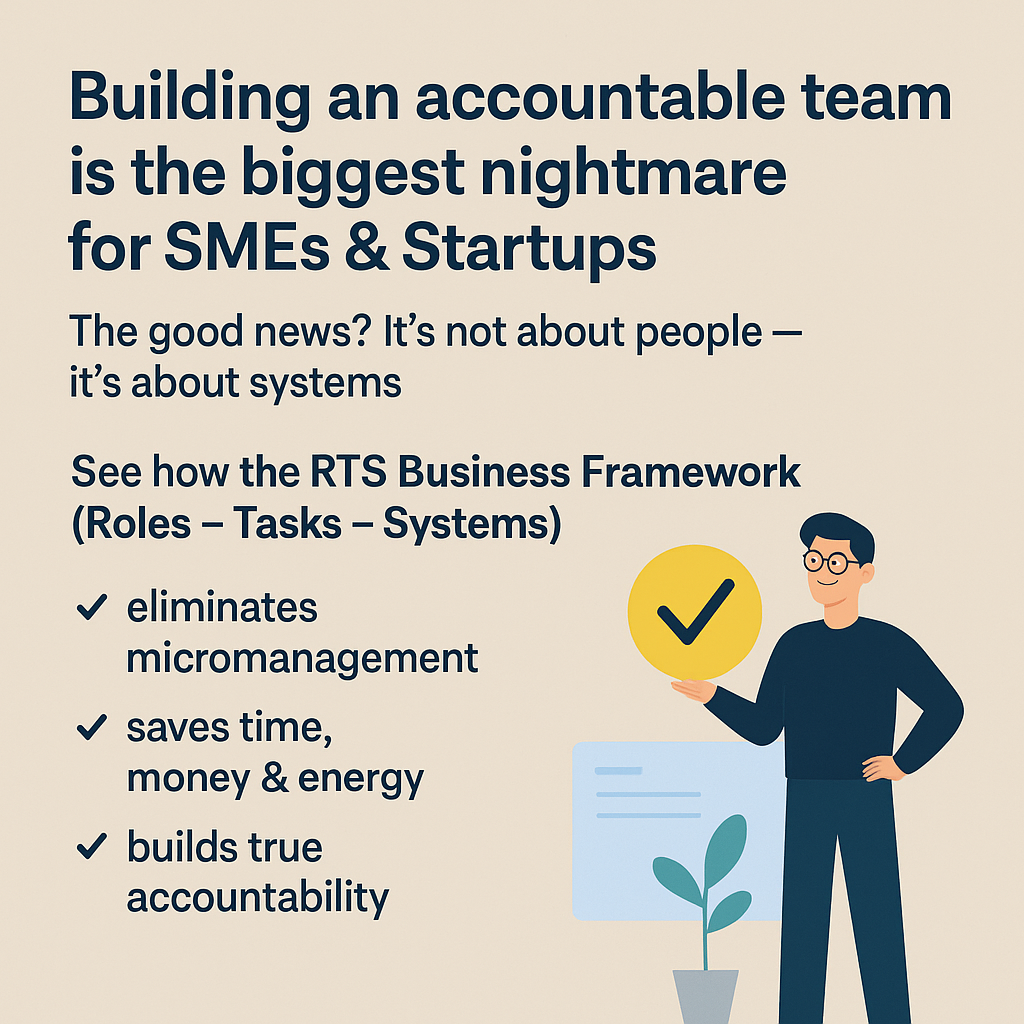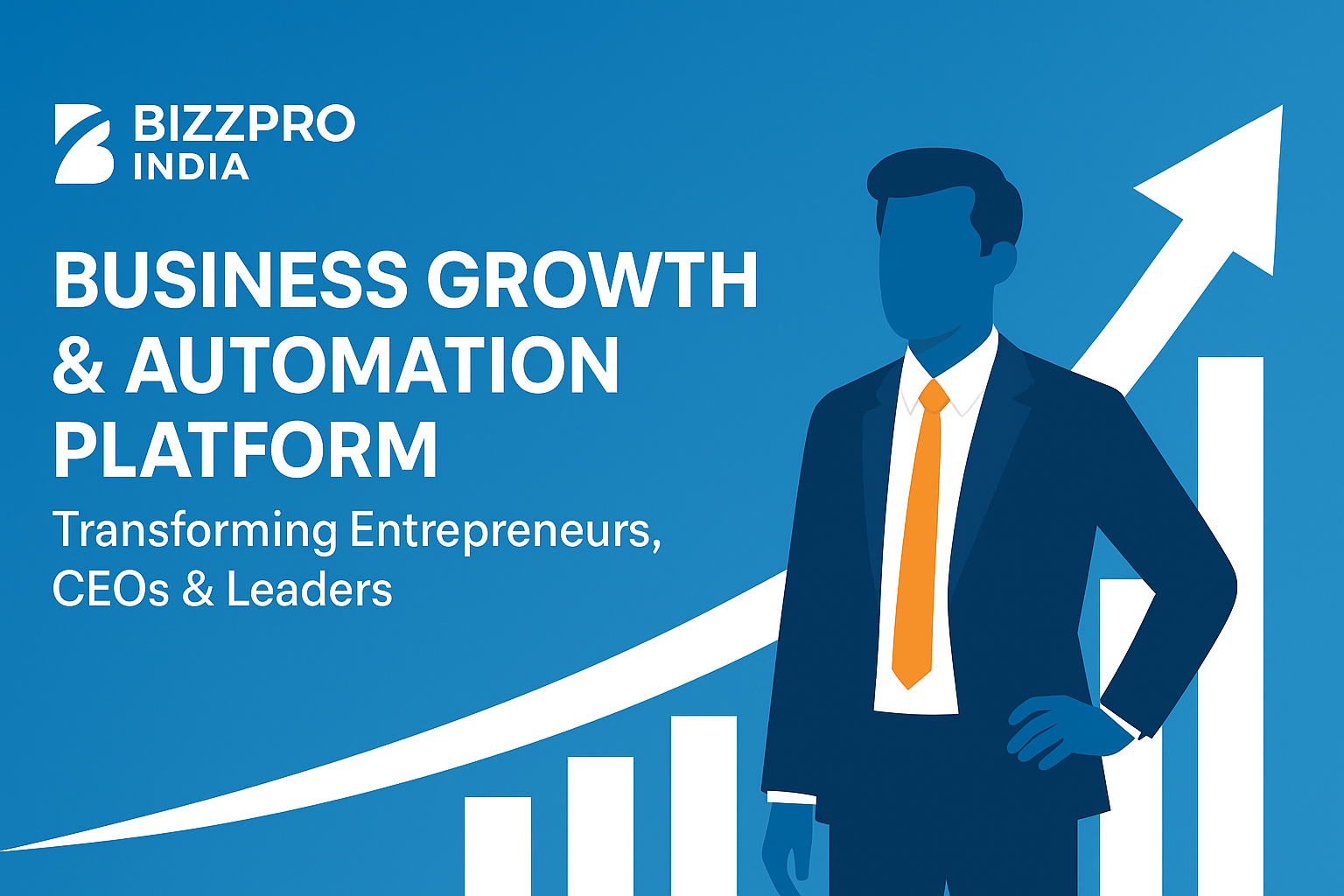A visionary leader significantly influences the trajectory and ultimate success of a business by aligning teams toward shared ambitions and clearly defined goals. Being visionary equips leaders and their businesses with a roadmap to success, enhances internal coherence, sparks continuous innovation, and builds sustainable competitive advantages—each essential for consistently meeting and surpassing business targets.
Following are the points to define how being visionary positively impacts business outcomes-
1. Clear Strategic Direction
Visionary leadership starts with clearly articulating the company’s long-term goals and objectives. This clarity guides strategic planning and helps businesses set achievable, measurable targets, streamlining operations and resource allocation toward prioritized goals.
2. Enhanced Decision-Making
A visionary anticipates market trends and potential disruptions. This foresight enables proactive decision-making, positioning the business to capitalize on opportunities and mitigate risks before competitors even recognize them.
3. Inspiring and Motivating Teams
Employees thrive in organizations where leaders offer inspiring visions. Such visions foster a strong emotional connection, increase employee engagement, loyalty, and drive, ultimately enhancing performance and productivity, which directly correlates with achieving business targets.
4. Innovation and Creativity
Visionary leaders cultivate environments where creativity and innovation flourish. They encourage exploring new ideas, technologies, and methodologies, ensuring the organization remains relevant, adaptive, and ahead of competitors, significantly boosting chances of achieving ambitious business goals.
5. Long-term Sustainability
Visionary leadership prioritizes long-term viability over short-term gains. By continuously adapting strategies to future demands and maintaining a flexible mindset, these leaders ensure sustained growth and stability, crucial for meeting and exceeding business targets over time.
6. Enhanced Brand Positioning
A compelling vision not only guides internal stakeholders but also shapes the external perception of the brand. Clearly communicated visionary goals position the business as a market leader, attracting investors, customers, and partners, thereby accelerating goal attainment.
7. Improved Adaptability and Resilience
Visionary leaders possess the resilience to pivot strategically when faced with challenges, maintaining focus on overarching objectives. This resilience ensures continuity and progress toward achieving business targets, even amid uncertainty or disruption.
Visionary Vs Pragmatic Leader Vs Tactic Leader
Visionary Leader:
Strength: Sees the big picture and long-term possibilities.
Approach: Inspires people with a compelling future, aligns the organization’s energy toward that, and innovates boldly.
Challenges: May struggle with execution if not grounded in day-to-day realities or lacks a strong team of implementers.
Pragmatic Leader:
Strength: Practical, grounded in what works based on current reality.
Approach: Focuses on feasibility, efficiency, and problem-solving using available resources.
Challenges: May lack long-term ambition or fail to inspire teams beyond short-term goals.
Tactical Leader:
Strength: Excellent at planning and executing short-term goals.
Approach: Optimizes operations, deadlines, and immediate targets.
Challenges: Often lacks a broader strategic direction, which can lead to “busy but lost” syndrome.
Who Achieves Targets Easier?
➡ It depends on the context, but visionary leaders tend to outperform in high-growth, rapidly changing environments where innovation, market leadership, and long-term value creation matter.
Best Approach:
A blended leadership style wins. The most successful leaders are visionary with pragmatic execution skills and tactical awareness.
They:
1️⃣Set inspiring long-term goals (visionary),
2️⃣Translate them into practical strategies (pragmatic),
3️⃣And break them down into actionable tasks (tactical).



.png)

No comments found
Post your comment